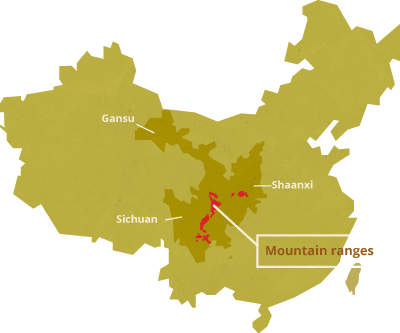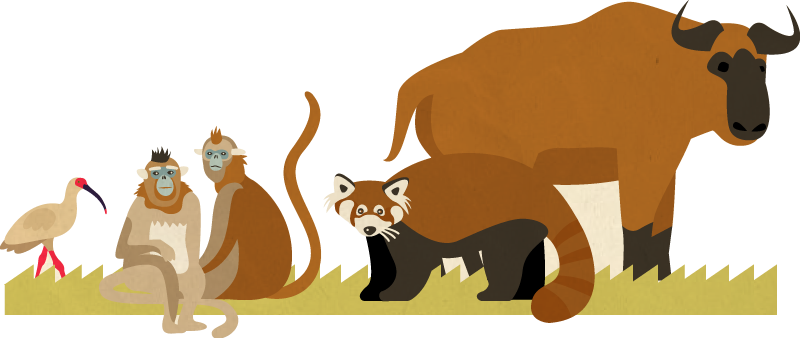
New Giant Panda Stats
- xx giant pandas in the wild
- 67 nature reserves protect xx% of the panda population
- xx% of pandas live outside protected areas
- The protected areas that pandas live in amount to xx million sq km


Bamboo makes up 99% of a panda’s diet. Pandas eat HUGE amounts of bamboo – as much as 38kg a day. This requires them to eat for up to 14 hours a day. Bamboo is evergreen and pandas can live on it through the winter months. So unlike other bears they don’t hibernate.



Other wildlife that share their habitat include rare and endangered species such as the golden monkey, takin (a goat- antelope) and the red panda.

